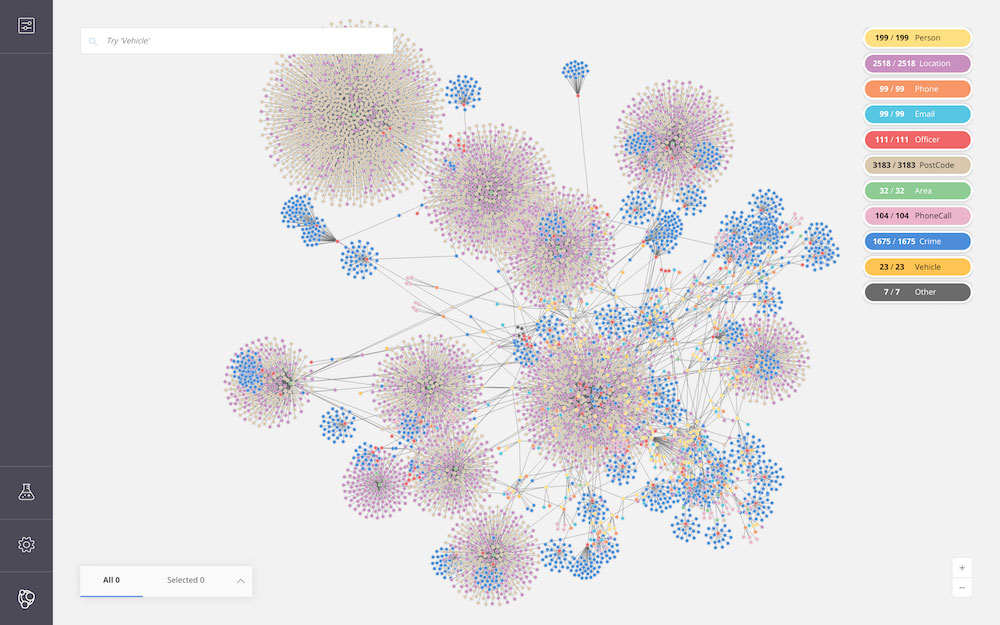
Knowledge graphs, data integration models composed of linked entities, are ideal for managing modern supply chains that run on multi-dimensional networks, an information technology specialist said.
“What knowledge graphs do is bridge data siloes by bringing data together, and then creating a connected supply chain that … provides a trackable and in-depth picture of all the products, suppliers, and facilities, and the relationships between them,” said Maya Natarajan, senior director for knowledge graphs at Neo4j, Inc., a graph database management system.
The pandemic — which complicated aspects of the supply chain, including finance, lead time, demand changes, and production performance — required businesses to have a deeper understanding networks and dependencies, said Ms. Natarajan in a Neo4j event on Nov. 1.
Knowledge graphs can be used to create digital twins — or virtual representations of a physical asset, process, service, or system — which can then be augmented by real-time data from industrial Internet of Things devices.
Constructing a digital twin is a way to build long-term supply chain resilience, according to management consulting firm McKinsey & Company; the virtual replica allows businesses to simulate how a product, process, or service performs before it is implemented.
You can get granular with knowledge graphs, as these “give you an accurate representation of what’s actually happening in reality,” said Michael Moore, Neo4j’s principal for partner solutions and technology.
Mr. Moore cited the example of a bulldozer manufacturer that can have digital twins for every single bulldozer its manufacturing line produces. This, he said, allows a view of each equipment’s sales contracts, warranties, and customizations. Metadata can also be included in the digital twin to list each equipment’s vendors and buyers, as well as information like when the equipment was last serviced and for which issue.
“We start to bring in all of that context with knowledge, for you to make good operational decisions on how you want to build and manufacture this particular product,” Mr. Moore said in the same event.
“By putting your digital twins — whether that’s a supply chain or manufacturing digital twin — into a graph database, your ability to get real-world fidelity is very, very high,” he added. — Patricia B. Mirasol



